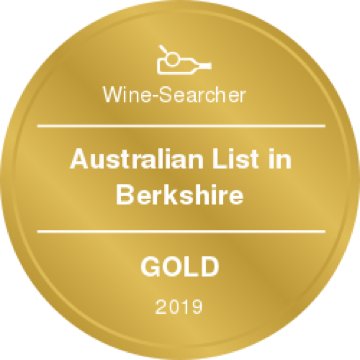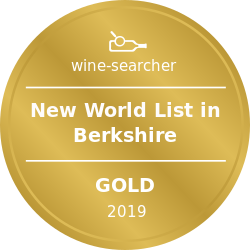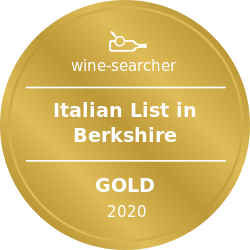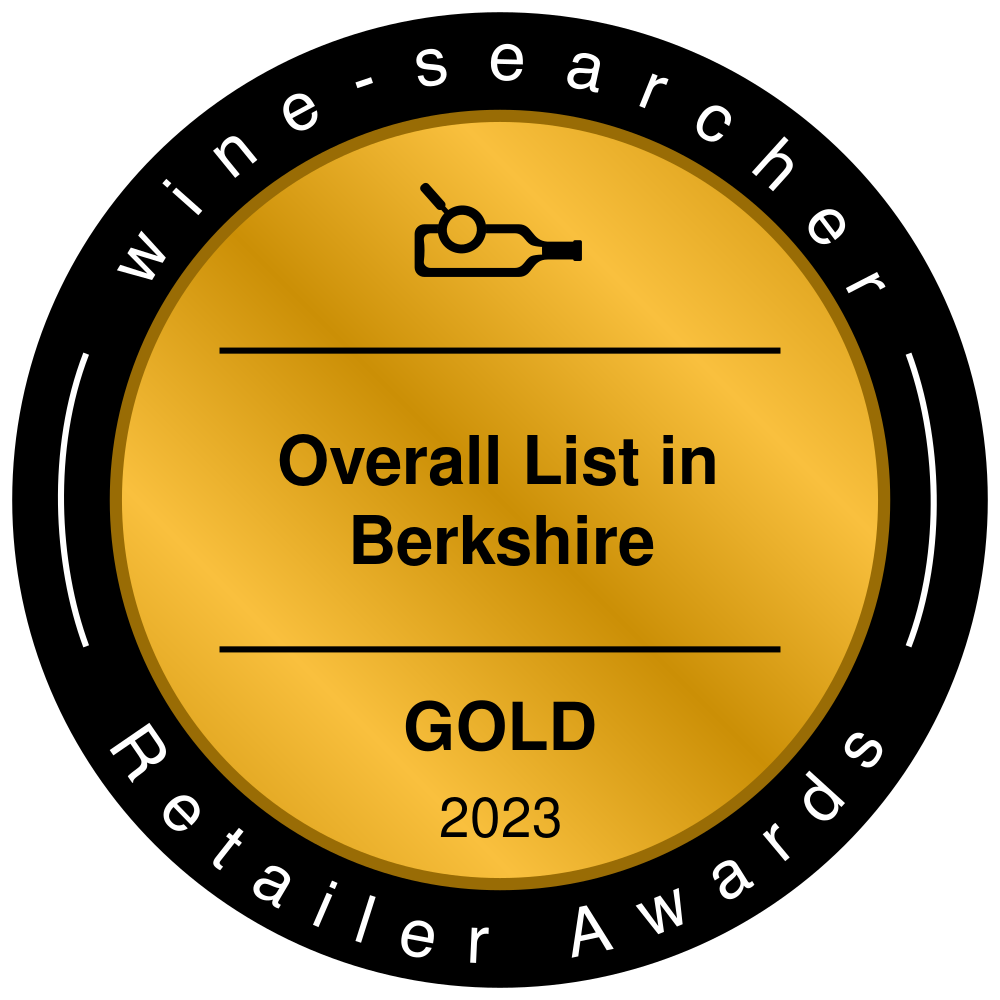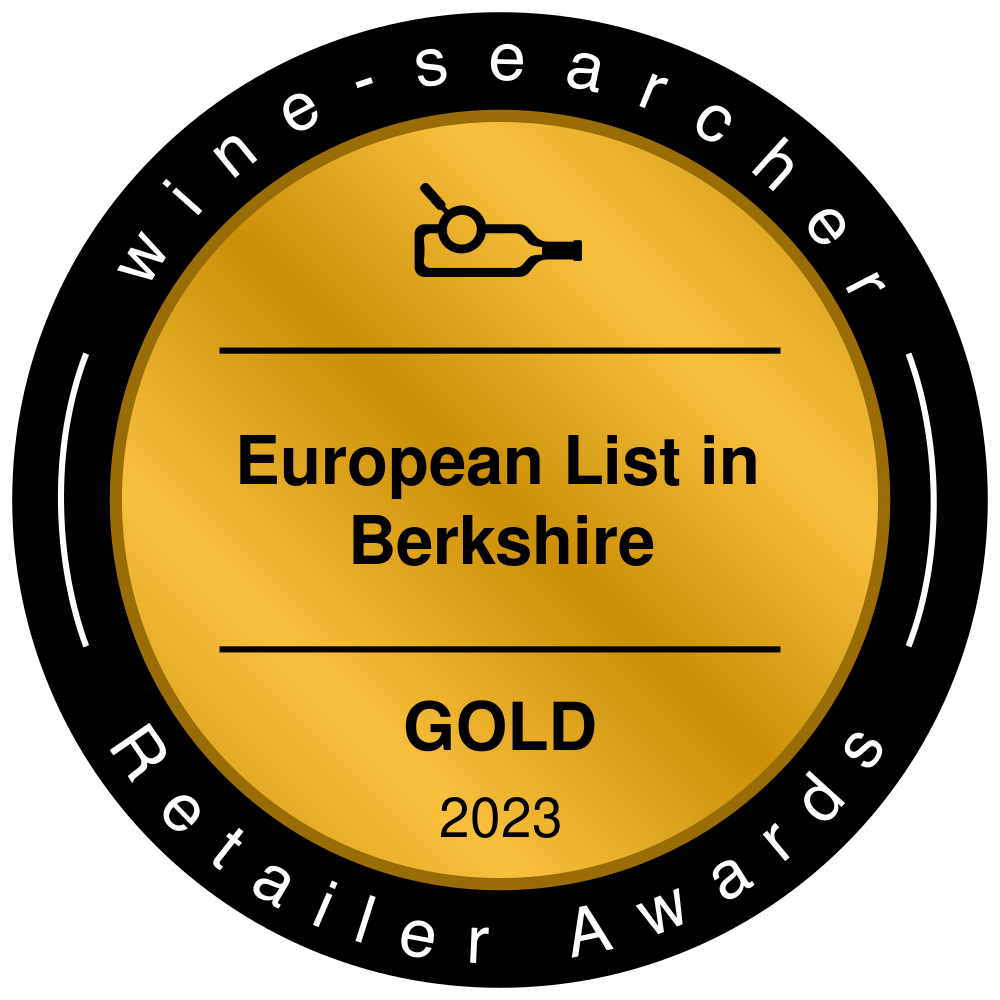Light straw in colour. Citrus fruits with floral undertones. On the palate, crisp and fresh with well rounded acidity. Hints of apricots, peaches and honeysuckle. A long mineral finish.
Delivery Charges
*Local Free Delivery: SL3 and SL4 postcode (Windsor/Datchet)
*Local Free Delivery: All SL (Except SL7), HP9, GU25, TW18, TW19 & TW20 postcodes. (Min. 6 bottles or 1 Hamper or 1 of our selected Wine cases purchased)
- England and Wales £12.00
- England and Wales Free Delivery (Over £200 purchased)
- Northern Ireland £30 (All BT postcodes)
- Scotland £15.00 (EH, FK, G, KA, KY, ML, DG and TD postcodes)
- Scottish Highlands and Islands £ 30.00 (All AB; DD; HS; IV; KW; KA27-28; PA; PH; TR21-25; ZE postcodes)
More Information
Viognier
Prior to the late 1980‘s Viognier plantings were confined to south east France, and the Rhône in particular. In centuries past it was a common crop on the plains of the Southern Rhône, but over the years plantings declined as growers favoured higher yielding varieties. However, a spike in world demand for the distinctive, aromatic wine it produces, replete with white stone fruit, blossom and honey, led to a sharp increase in plantings in the late 1980‘s. It is thought to be native to the Northern Rhône where it is traditionally used as a lifting agent in blends, the exception being Condrieu, a varietal appellation. This small commune clinging to the steep west bank of the valley just south of Côte Rôtie produces the world‘s most sought-after Viognier. In the decades since its resurgence, the grape has been planted widely in the Languedoc, producing youthful, floral Vin de Pays, and also in the Americas and parts of Australia where the warmer growing season produces more alcoholic, concentrated examples.






